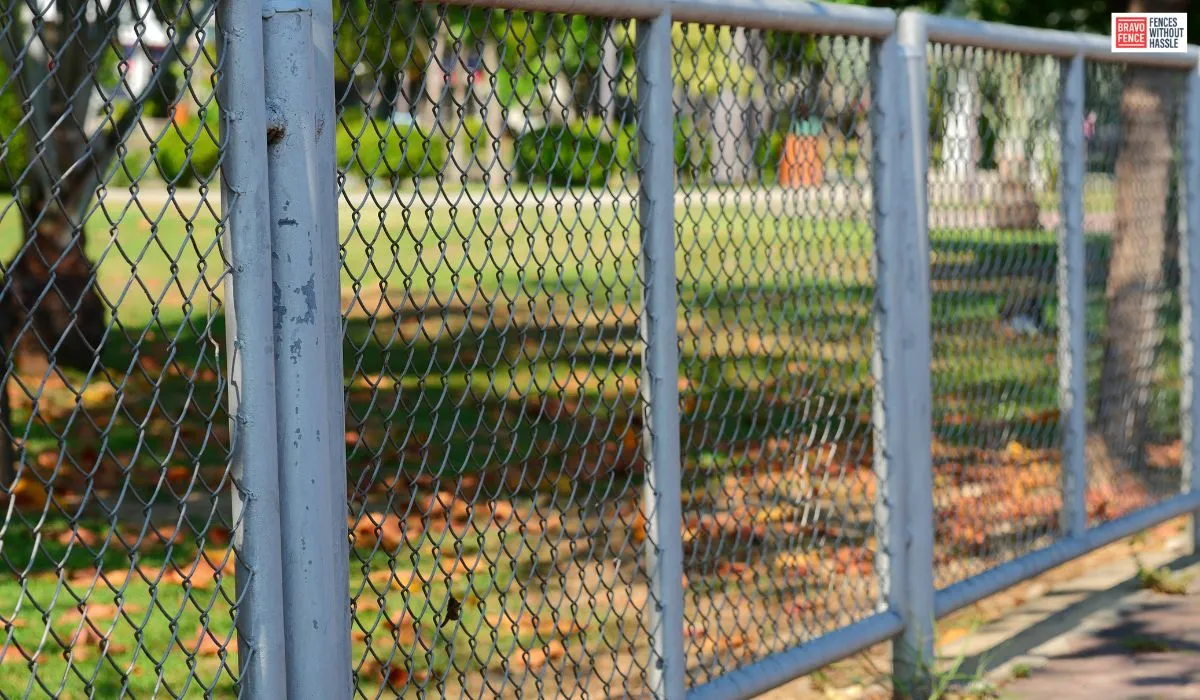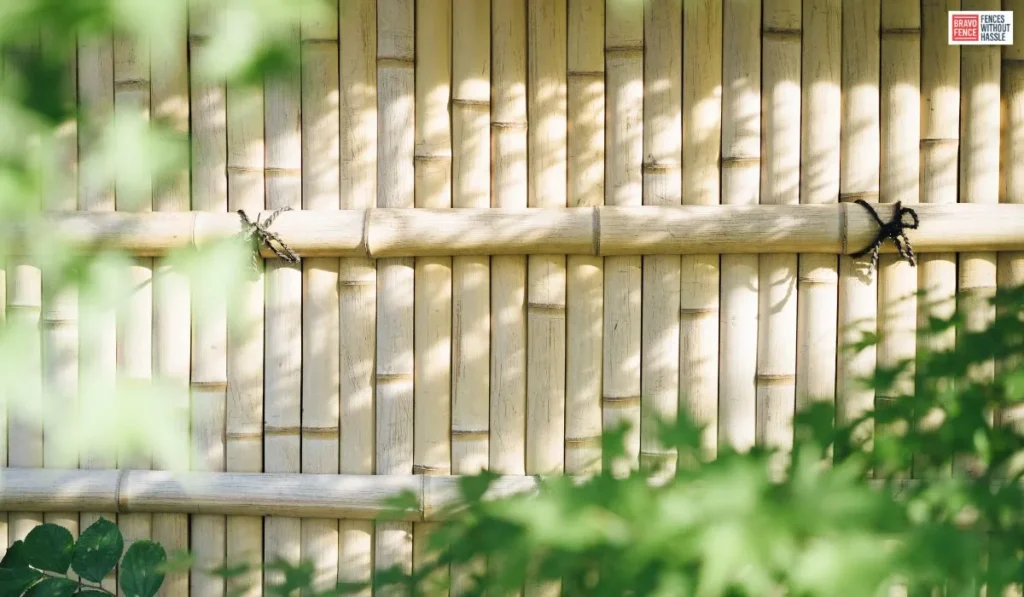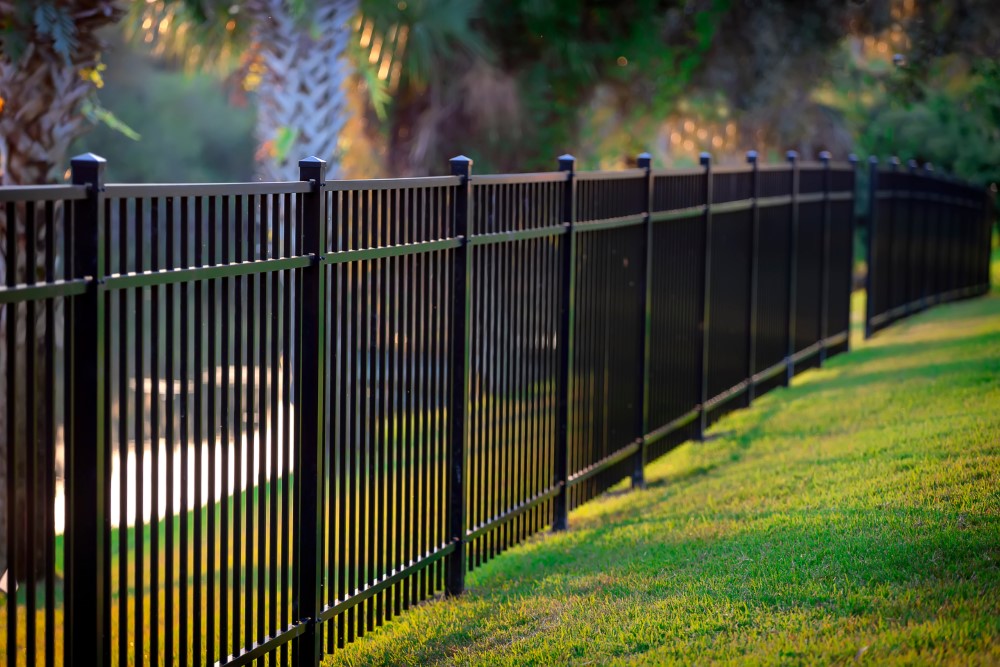
The Environmental Impact of Chain Link Fences: Sustainable Options for Your Yard
Chain link fences are the most commonly used types of fences in residential and commercial houses.
They serve the purposes of security, boundary definition, and even beautification of a yard.
However, that tough exterior often conceals an overlooked asset: its environmental impact.
While they serve a function, traditional chain link fences have hidden costs that threaten our planet.
Have you ever wondered what these fences are made of or how they impact local wildlife and ecosystems?
As we try to live more sustainably, it is essential to understand everyday items such as fencing.
Learning the actual footprint of chain link fences initiates discussions about eco-friendly alternatives that suit your fencing needs and values.
This exploration will encourage you to question the options you have for your home and garden.
Is there a greener option to support your lifestyle and the environment?
Let’s explore this so that you can make an informed decision about securing your space while promoting the health of our planet.
Understanding the Materials: What Are Chain Link Fences Made Of?
Chain link fences are primarily galvanized steel, which is an alloy balancing strength and flexibility.
This material provides durability, making chain link fencing popular for residential and commercial applications.
Galvanization involves:
- Coating the steel with a layer of zinc.
- Preventing rusting and corrosion.
- Thus increasing the fence’s lifespan.
In addition to galvanized versions, some makers offer vinyl-coated chain link fences.
These are in various colors, adding an aesthetic appeal while still ensuring the steel’s actual strength underneath.
The vinyl coating also guards it further from the elements, increasing its lifespan.
Another factor would be the recycled materials used for the chain link fences.
Some companies emphasize sustainability as they use recycled metals in manufacturing.
It reduces waste and decreases the detrimental implications to the environment due to the extraction of new resources.
Most chain link fences are made to last long, but over time, or in the case of improper care, they become less friendly to the environment.
They could rust or even damage themselves over time.
Knowledge about these materials would guide homeowners in determining what best suits their fencing needs based on functionality and environmental implications.
Environmental Effects of Traditional Chain Link Fences
Traditional chain link fences are widely used and known for their low price and durability, but they come with severe environmental concerns.
Fences made with steel or galvanized materials require enormous energy inputs, which increase greenhouse gases and waste natural resources.
The life cycle of a chain link fence also leaves a sizable carbon footprint.
After installation, maintenance is often minimal; however, when removal becomes necessary due to wear or changing needs, improper disposal can result in landfill waste.
Many homeowners may not realize that just because these fences are made of metal doesn’t mean they cannot contribute to pollution.
In addition, the galvanized coating of most chain link products is made out of zinc and other chemicals that gradually seep into the soil.
The runoff from these materials pollutes groundwater sources and kills flora and fauna in the vicinity.
From an aesthetic perspective, standard chain link fencing rarely allows grass or vegetation inside, which are factors that can increase air quality or contribute to biodiversity if implemented in yard design.
As homeowners become more environmentally conscious, the actual costs not shown in relation to their traditional choices in fencing become important factors in helping them make informed decisions about what ends up around their homes.
Alternative Chain Link Fencing Materials and Designs

Several eco-friendly and sustainable materials and designs are available to replace chain link fences.
The most popular one is bamboo.
It is very fast-growing and requires minimal resources to thrive.
A bamboo fence provides a natural aesthetic while being sturdy and long-lasting.
Another creative option is recycled plastic fencing.
It is made from post-consumer waste and helps reduce landfill contributions while mimicking the look of good old wood fence.
This material does not warp or splinter, which means durability with less required maintenance over time.
For those who want a natural look but still provide strength, living fences are excellent choices.
Using hedges or shrubs can offer privacy and security in your yard while furthering biodiversity.
In addition, these green barriers enhance air quality as they grow.
These materials provide elegance for a lifetime, but chain link alternatives, installed with thought, create much less waste.
Energy and Water Efficiency: Selecting Environmentally Friendly Fencing Solutions
When considering chain link fences, energy and water efficiency should be top priorities.
Traditional fencing materials often require significant resources to produce and maintain.
In contrast, eco-conscious options can make a substantial difference.
Some sustainable materials are made to be highly long-lasting while preserving the environment.
For instance, recycled metal or composite materials reduce new production demand.
Besides saving raw materials, the choices use less energy throughout their lifecycle.
Additionally, choosing designs that include natural features can increase water efficiency.
Fences that have plants or trellises are microclimates that keep moisture in the soil.
The reliance on irrigation systems will be less, and this helps local ecosystems.
Installation is another important factor; choosing contractors who focus on sustainability means your fence will be built smartly from beginning to end.
Additional energy use and emissions are reduced through efficient installation machine usage.
Maintenance of your fence also helps extend its lifetime and sustainability.
Eco-friendly products for cleaning and repairs help protect surrounding vegetation while promoting an overall healthier environment around your yard.
Tips for Reducing the Carbon Footprint of Your Fence Installation
When considering a fence installation, start by choosing locally sourced materials.
This reduces the carbon emissions associated with long-distance transportation.
Check if there are eco-friendly options available near you.
Supporting local businesses also benefits your community.
Consider the design and height of your fence.
Choose styles that use fewer materials without sacrificing durability or functionality.
For instance, horizontal slats may use less material but still provide privacy and security.
Installation techniques can also impact your carbon footprint.
Use manual tools whenever possible instead of heavy machinery.
This not only minimizes energy consumption but allows for a more intimate connection to the land you’re working on.
If you’re hiring professionals, ask about their sustainability practices.
Many contractors now prioritize eco-conscious methods in their work processes.
Collaborating with them ensures that every step taken is mindful of environmental impacts.
Incorporate plants into your fencing solution when feasible.
Greenery like climbing vines or shrubs can soften hard edges and improve air quality as they grow around fences—adding beauty while enhancing biodiversity in your yard.
Conclusion
Chain link fences have been popular among homeowners for decades, primarily because they are durable and affordable.
However, it is increasingly evident that they carry some environmental costs.
As more people become aware of these impacts, many are looking for alternatives that better fit sustainable practices.
Eco-friendly materials for fencing your yard need not mean lower quality or less pleasing aesthetics.
Recycled wood, bamboo, and even composite solutions provide robust answers with gentler impacts on the planet.
Beyond beautifying your yard, these options help restore and positively impact local ecosystems.
Thinking of energy and water efficiency at the time of installation could also cut down the total footprint of your fencing project.
It uses efficient methods and sustainable resources to ensure that you’re doing your part to prevent harm to the environment.
There are countless ways of creating a beautiful boundary around your property without compromising ecological integrity.
Responsible sourcing and innovative designs help shift our focus toward finding harmony between our living spaces and nature.
From there, it is making conscious decisions about what goes around your house.
Indeed, changes like these make personal space even healthier for the planet.
So, ultimately, every fence has a chance to be a positive change-maker.
FAQs
What are the environmental disadvantages of traditional chain link fences?
Traditional chain link fences are usually made of steel, which has a high carbon footprint because of the energy-intensive manufacturing process. In addition, these fences are not biodegradable and can contribute to landfill waste when they reach the end of their lifespan.
Are there eco-friendly alternatives to chain link fences?
Yes! Sustainable options include using recycled metal fences, eco-friendly steel, wooden fences, timber sourced responsibly, or bamboo, a very fast-growing crop that consumes fewer resources.
How do I make my fence installation more sustainable?
To reduce environmental impact, use locally available materials, consider longer-lasting fences, and opt for recycling or repurposed materials. Avoid chemically treated wood and other finishes that can be harmful to the environment.
Are wood and bamboo fences more sustainable than chain link fences?
Yes, sustainable wood and bamboo fences are definitely the way to go. Wood is renewable if harvested sustainably, and bamboo is a highly fast-growing material that has minimal impact on the environment. These are biodegradable options, whereas chain link fences are not.
Do sustainable fences require more maintenance than chain link fences?
It depends on the material. Wooden and bamboo fences may require more maintenance to avoid being ruined by weathering or pest damage, whereas metal and steel fences are usually minimally maintained. However, when it comes to environmental impact, sustainable fences often justify the extra care.
How long will sustainable fences last compared to chain link fences?
Some of these fences are made of sustainable materials such as eco-friendly steel or pressure-treated wood, which can last for decades-most even longer than the chain link type factors that depend on material quality and proper maintenance.
Tags: Explore Helpful Resources on Fencing Alternatives, Top Ideas and Insights About Chain Link Fences
